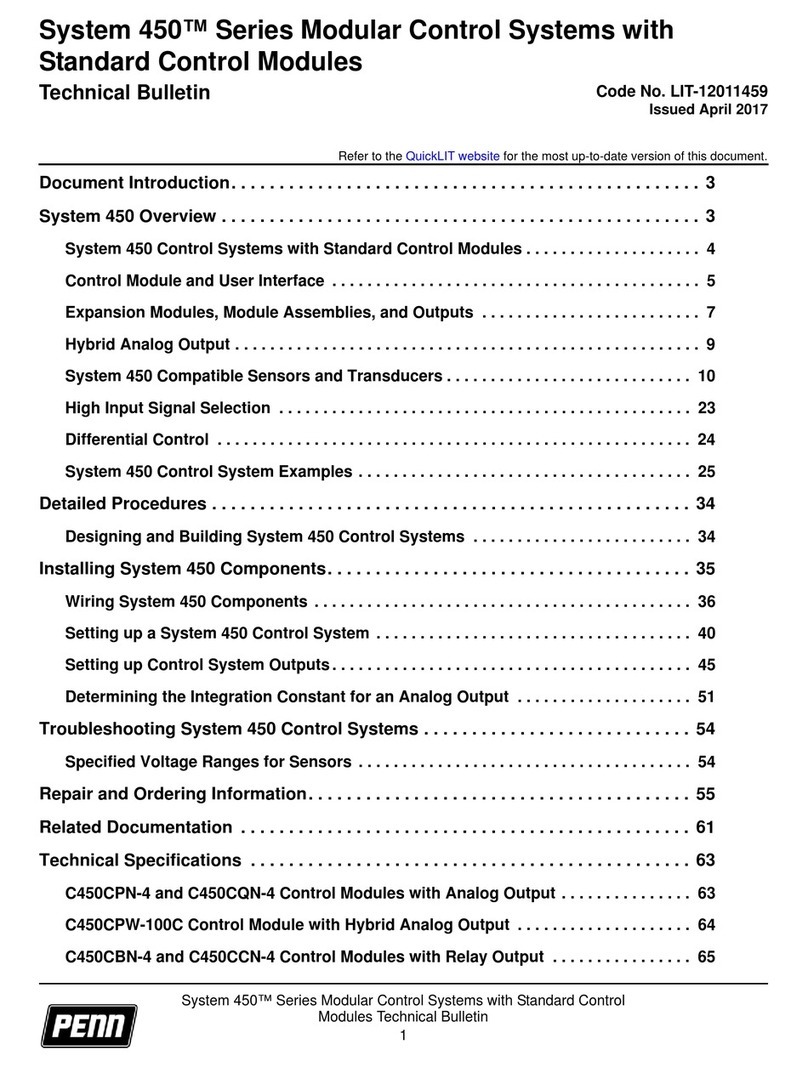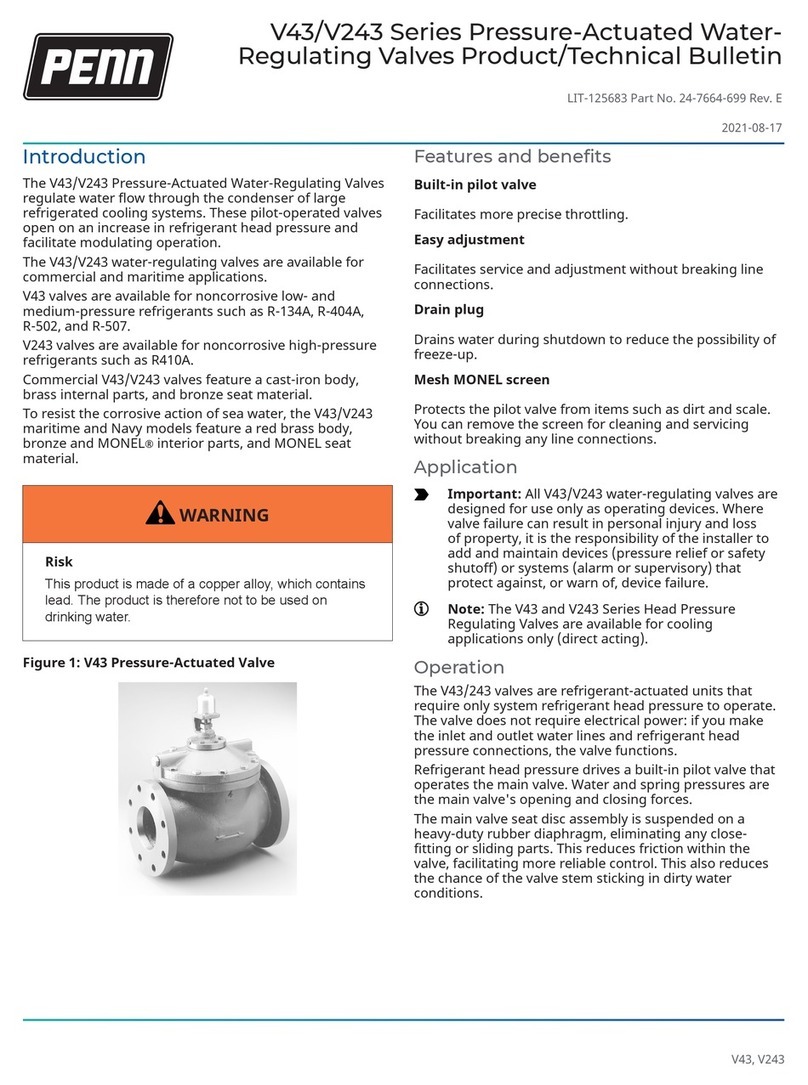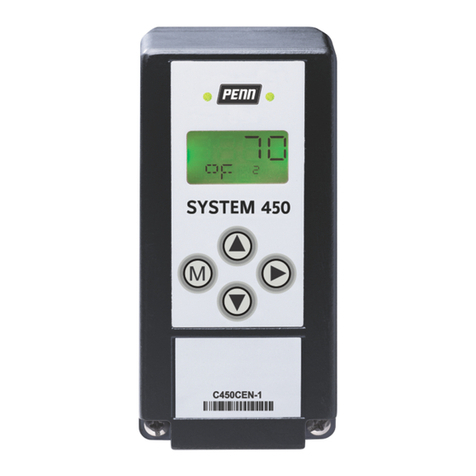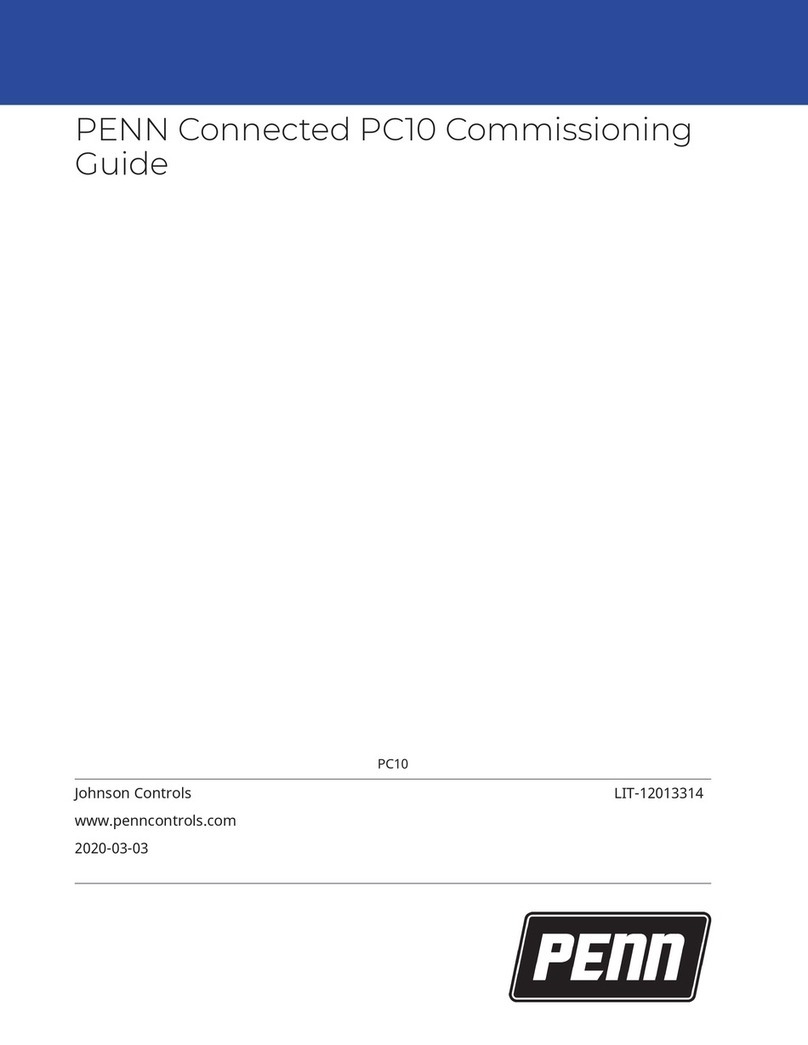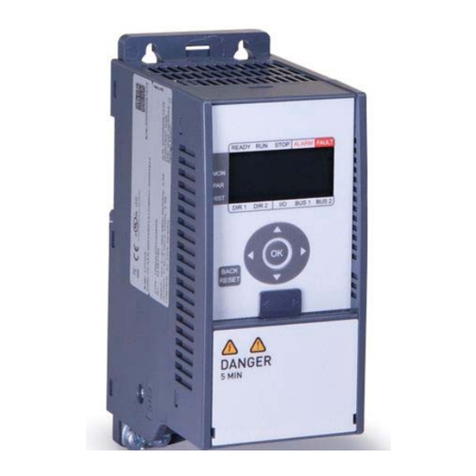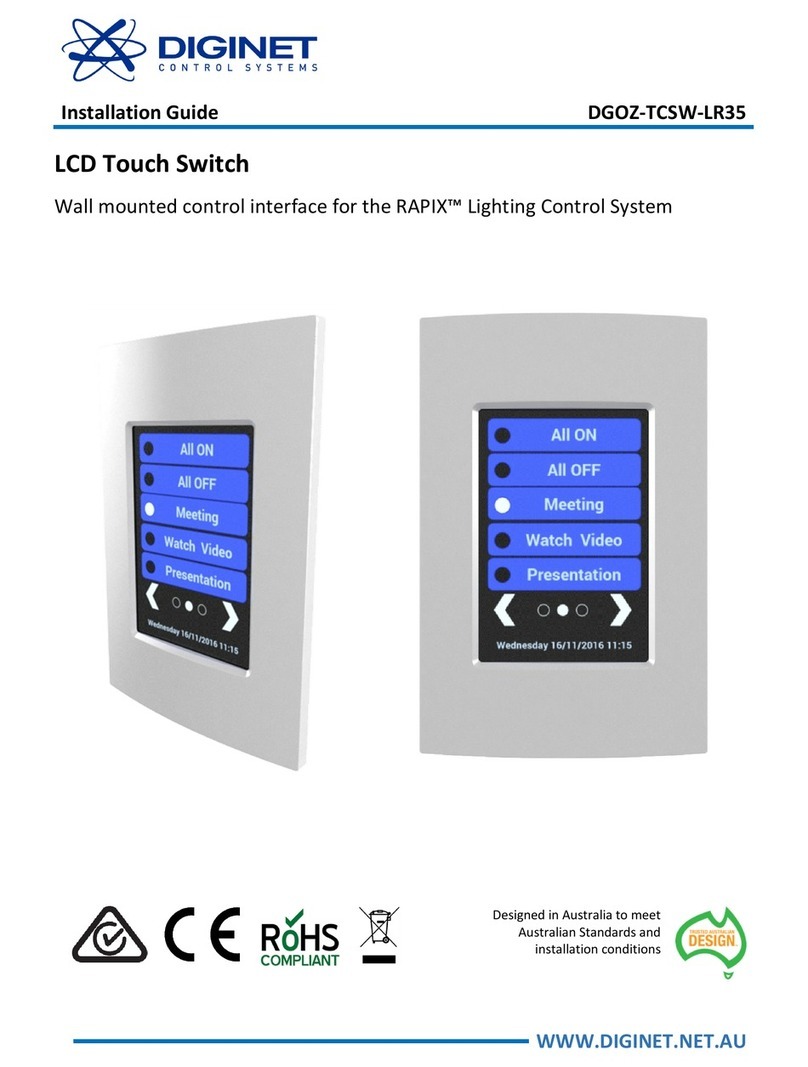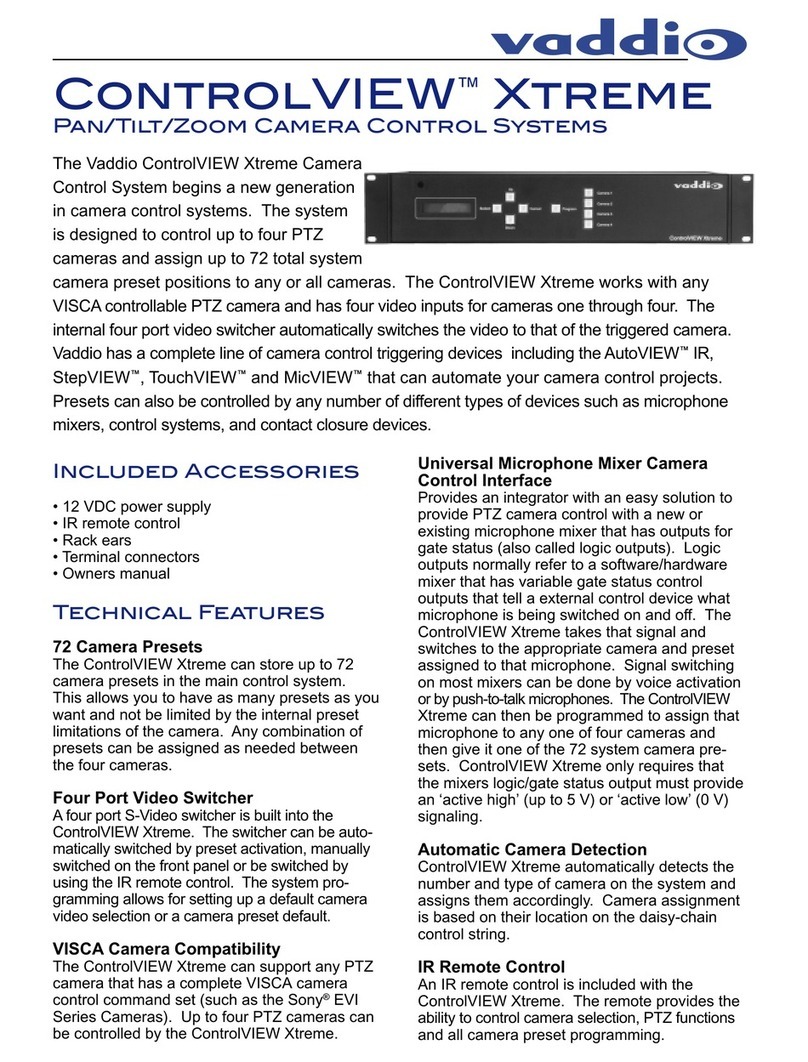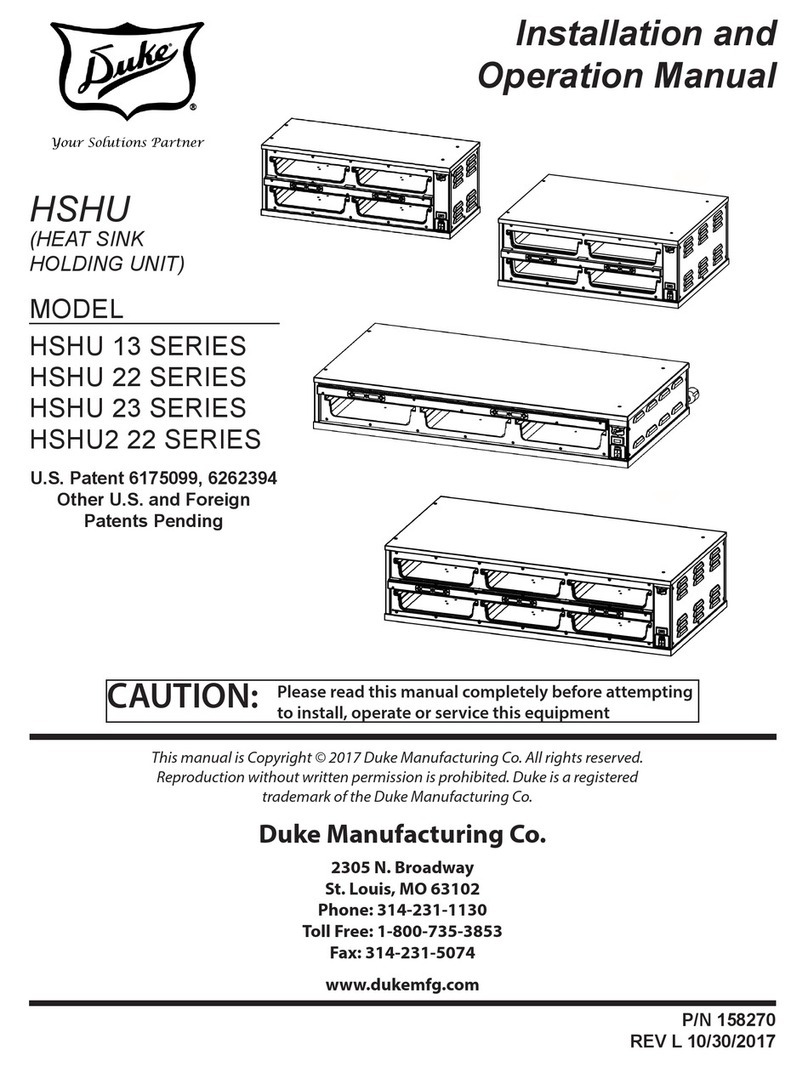
A421 Control with Cycle Timer
The A421 Control with Cycle Timer is a free-cooling, duty-
cycle ventilation control. This control provides timed-
ventilation and over-cooling protection.
The A421 equipped with Cycle Timer is used in agricultural
and related applications where free-cooling and
ventilation can be used.
Parts included
Each A421 Control includes a Johnson Controls® or
PENN® A99 Series temperature sensor. See A99 Series
Temperature Sensors, Wiring, and Technical specifications
for more information about A99 sensors.
A99 Series Temperature Sensors
The A421 Controls require an A99 sensor, and each A421
Control includes an A99 sensor. Any A99 Series sensor
works with the A421 Series Controls. Do not replace an
A99 Series sensor with any other brand, series, or type
of temperature sensor. See Ordering information for
available A99 Series sensor models.
You can extend the sensor leads in the field. See Table 1
for recommended wire sizes and lengths. On long sensor
cable runs, use shielded cable to reduce electromagnetic
interference (EMI). Observe EMI best practices when
routing sensor leads.
Do not immerse the A99 Series sensors in water or any
other liquid. The A99 sensors are moisture tolerant and
splash resistant but if you immerse the sensor, liquid can
enter the sensor probe where the steel tube meets the
wire cable and result in sensor failure, which voids any
warranty.
In applications where the sensor may be exposed to a lot
of moisture, splashing, or rain, we recommend mounting
the sensor in a vertical position with the cable at the
bottom routed downward so that moisture can drain away
from the steel probe. Use a suitable bulb well for complete
fluid immersion applications. See Ordering information for
information about bulb wells.
The A99 Series sensors are positive temperature
coefficient (PTC) sensors. To test an A99 sensor,
disconnect the sensor from the control and measure the
resistance between the sensor leads.
• When the temperature at the sensor is 77°F (25°C), the
resistance should be 1,035 ohms.
• When the temperature at the sensor is 32°F (0°C), the
resistance should be 855 ohms.
See Troubleshooting for more information.
When an A99 sensor is connected to a standard A421
Control, the control restricts the range of usable values
from -40°F to 212°F or -40°C to 100°C.
See Wiring, Technical specifications, and refer to the
A99B Series Temperature Sensors Product/Technical Bulletin
(LIT-125186) for more information regarding A99 Series
sensors.
Mounting
Observe the following guidelines when locating and
mounting an A421 Control:
• Make sure that the mounting surface can support the
control, DIN rail, mounting hardware, and any user-
supplied panel or enclosure.
• Mount the control in a vertical, upright orientation
wherever possible. It is best practice to use DIN rail
mounting for type 1 controls.
• In direct-mount applications, mount the control on a
flat and even surface.
• Mount the control in a location free of corrosive vapors
and observe the ambient operating conditions listed
in Technical specifications for the A421 Control and the
A99 sensor.
• Allow sufficient space for connecting and routing wires,
viewing the LCD, and using the touchpad.
• Do not mount the control on surfaces that are prone
to vibration or in a location where high-voltage relays,
motor starters, other sources of electromagnetic
emissions, or strong radio frequency may cause
interference.
• Do not install the control in an airtight enclosure.
• Do not install heat generating devices with the
control in an enclosure that may cause the ambient
temperature to exceed 150°F (66°C).
Mounting a Type 1/IP20 control on DIN rail
1. Provide a section of 35 mm DIN rail that is longer
than the control width. Mount the DIN rail in a
suitable location and use appropriate mounting
hardware.
2. Clip the control module on the rail, position the
module’s upper DIN rail clips on the top rail, and
gently snap the lower clips on to the bottom of the
rail.
Direct-mounting a Type 1/IP20 control to
a wall or other flat surface using the four
keyhole slots
1. Disconnect the power and remove the enclosure
cover. Place the control vertically against the wall
surface in a suitable location, and mark the keyhole
slot locations on the mounting surface.
2. Install appropriate screws or fasteners and leave the
screw heads approximately one or two turns away
from flush to the mounting surface.
3. Position the control mounting slots over the screw
heads, and then tighten the mounting screws to
secure the control to the surface.
Note: When you mount the control on an
uneven surface, use shims to mount the control
evenly.
A421 Series Electronic Temperature Controls with Cycle Timer Installation Guide2

